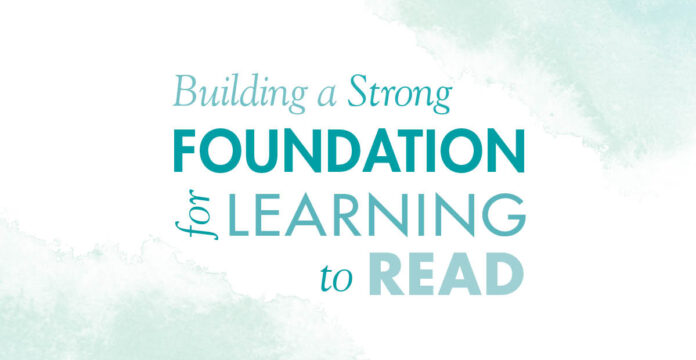
Building Strong Foundations: The Best Strategies to Teach Beginners the ABCs of Reading
Reading is the cornerstone of education, and teaching children the fundamentals of reading at an early age is essential for their future academic success. As educators and parents, it is our responsibility to introduce young learners to the ABCs of reading and provide them with strong foundations for a lifetime of literacy. In this article, we will explore the best strategies to effectively teach beginners the ABCs of reading, ensuring they develop essential skills and a love for reading.
1. Phonics Instruction:
Phonics is the method of teaching children to understand the relationship between sounds and letters. Breaking down words into small phonetic components helps beginners identify and manipulate individual sounds in words. Use engaging and interactive activities to teach phonics, such as matching games, rhyming exercises, and word puzzles. The systematic and explicit approach to phonics instruction enables children to decode words and promotes independent reading.
2. Sight Word Recognition:
Sight words are commonly used words that children should recognize instantly, as they do not follow regular phonetic patterns. Introduce sight words gradually and provide opportunities for repetition and practice. Flashcards, word walls, and interactive games can be effective tools for sight word recognition. Encourage children to use sight words in sentences and incorporate them into their everyday reading.
3. Read Aloud:
Reading aloud to beginners exposes them to a variety of texts, introduces new vocabulary, and promotes a positive attitude towards reading. Choose books with clear and simple language, engaging illustrations, and repetitive phrases. While reading aloud, emphasize letter sounds, point out sight words, and encourage children to follow along. This shared reading experience helps beginners develop their listening skills, comprehension abilities, and fosters a love for literature.
4. Guided Reading:
Guided reading sessions are tailored to the individual needs of students and provide opportunities for small group instruction. Select leveled books appropriate for each child’s reading ability, allowing them to practice decoding, comprehension, and fluency skills. As an instructor, provide guidance, ask questions, and facilitate discussions to enhance comprehension and critical thinking abilities.
5. Interactive Games and Activities:
Make learning the ABCs of reading a fun and interactive process through various games and activities. Phonics Bingo, Alphabet Scavenger Hunt, and Word Building puzzles are just a few examples of engaging activities that reinforce letter recognition, phonics skills, and word formation. Incorporate technology, such as educational apps and online resources, to provide a multimedia learning experience.
6. Multisensory Approaches:
Children with different learning styles benefit from multisensory approaches that engage multiple senses simultaneously. Incorporate touch, sight, and sound in learning activities to make the learning process more meaningful for beginners. Use sand trays for letter formation practice, magnetic letters for word building, and clap or snap syllables to reinforce phonemic awareness.
7. Individualized Instruction:
Recognize that each beginner learner is unique and progresses at their own pace. Offer individualized instruction to target specific needs and provide additional support. Assess each child’s strengths and weaknesses and tailor instruction accordingly, whether it be through one-on-one sessions, differentiated worksheets, or specialized resources.
8. Print-Rich Environment:
Create a print-rich environment both in the classroom and at home. Display alphabet charts, word walls, and posters with sight words and commonly used phrases to reinforce learning. Use labels on everyday objects to connect written and spoken language. Expose learners to a wide variety of age-appropriate reading materials, such as books, magazines, and comics, to foster a love for reading.
In conclusion, teaching beginners the ABCs of reading is crucial for their overall literacy development. By implementing these strategies, educators and parents can provide the best possible foundations for young learners. Through phonics instruction, sight word recognition, read-aloud sessions, guided reading, interactive games, multisensory approaches, individualized instruction, and a print-rich environment, children will acquire the necessary skills and confidence to become proficient readers. Let us embrace the challenge and joy of teaching beginners, ensuring their journey into the world of reading is filled with enthusiasm and success.


















